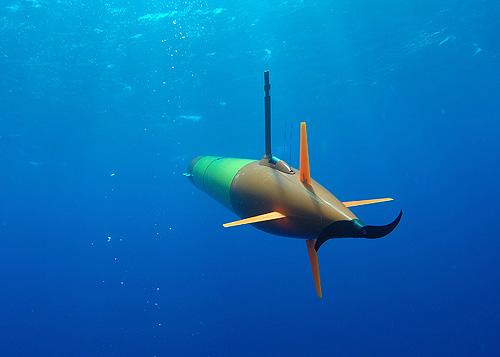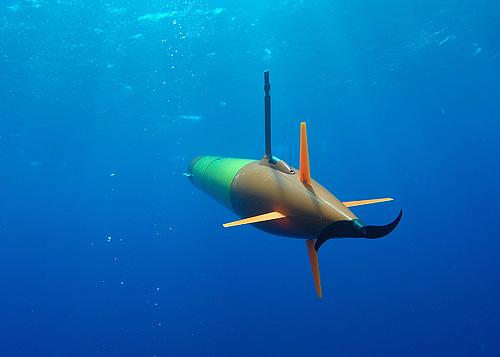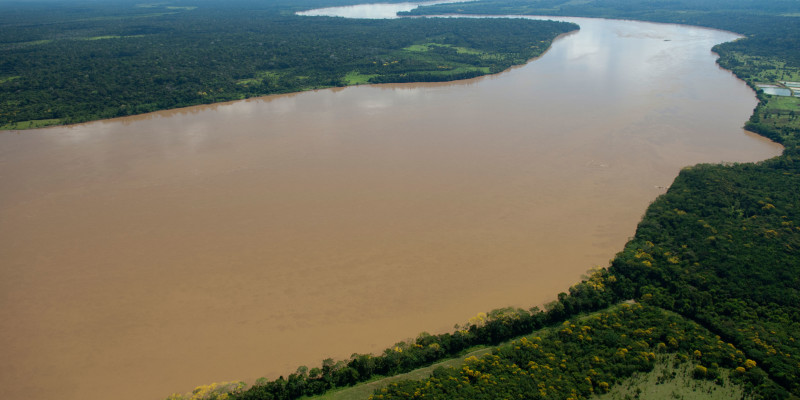For the primary time, scientists from the College of Hawai’i at Mānoa (UH Mānoa) and the Monterey Bay Aquarium Analysis Institute (MBARI) will deploy a small fleet of long-range autonomous underwater automobiles (LRAUVs) which have the power to gather and archive seawater samples robotically. These new robots will enable researchers to trace and examine ocean microbes in unprecedented element.
Ocean microbes produce not less than fifty p.c of the oxygen in our ambiance whereas eradicating massive quantities of carbon dioxide. In addition they kind the inspiration of marine meals webs, together with those who assist international ocean fisheries. Edward DeLong and David Karl, oceanography professors within the UH Mānoa College of Ocean and Earth Science and Expertise (SOEST) have been learning these microbes for many years. For this challenge, they and their groups are collaborating with engineers from MBARI to check new methods of adaptively sampling oceanographic options equivalent to open-ocean eddies, swirling plenty of water that transfer slowly throughout the Pacific Ocean, which may have massive results on ocean microbes.
In late February 2018, MBARI engineers accomplished the development and testing of three new LRAUVs in collaboration with UH Mānoa scientists, and delivered them final week for his or her first deployment in Hawaiian waters. Because the LRAUVs transfer by means of the ocean, they gather details about water temperature, chemistry, and chlorophyll (an indicator of microscopic algae) and ship this information to scientists on shore or on a close-by ship. Moreover, a singular facet of those AUVs is an built-in Environmental Pattern Processor (ESP), a miniature robotic laboratory that collects and preserves seawater samples at sea, permitting researchers to seize a snapshot of the organisms’ genetic materials and proteins.
MBARI has been creating ESPs for about 15 years. The primary devices have been concerning the measurement of a 55-gallon drum. These newest ESPs, the third era, are eight to 10 inches in diameter–one-tenth the unique measurement–and have been designed particularly to suit inside an LRAUV.

Jim Birch, MBARI’s lead engineer on the ESP challenge commented, “After we first talked about placing an ESP in an AUV, I assumed to myself ‘that is by no means going to occur.’ However now I actually assume that is going to rework oceanography by giving us a persistent presence within the ocean–a presence that doesn’t require a ship, can function in any climate situation, and may keep inside the identical water mass because it drifts across the open ocean.”
With its surveying capability, the LRAUV permits scientists to find, monitor, and pattern open-ocean eddies, which will be over 100 kilometers (62 miles) throughout and final for months. When these eddies spin counterclockwise they convey water from the depths up towards the floor. This water usually carries vitamins that microscopic algae (phytoplankton) have to survive.
“The brand new LRAUVs can transit for over 600 miles, and use their very own ‘eyes and ears’ to detect essential oceanographic occasions like phytoplankton blooms,” DeLong defined. “These new underwater drones will drastically prolong our attain to check distant areas, and likewise will enable us to pattern and examine oceanographic occasions and options we are able to see by distant satellite tv for pc imaging, even when ships aren’t obtainable.”

An expeditionary cruise aboard the Schmidt Ocean Institute’s (SOI) analysis vessel Falkor leaves on March 10 for open-ocean sea trials of MBARI’s newly-designed LRAUVs. Throughout this cruise, the researchers will find an eddy utilizing satellite tv for pc information after which deploy the LRAUVs to survey the function and gather water samples. When the robots return to the floor and are recovered, UH Mānoa researchers will extract DNA from the filters. This data will present distinctive perception into the eddy’s length, stability, and affect on the ocean methods; and can enhance present ocean fashions, that are vital for creating expectations on the well being of future oceans.
“Though this fleet of AUVs won’t ever substitute our want for a succesful analysis vessel, it would present a lot wanted entry to the ocean and the gathering of novel information units that will not in any other case be attainable,” stated Karl.




